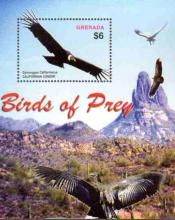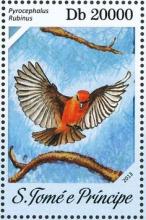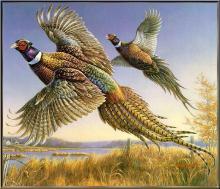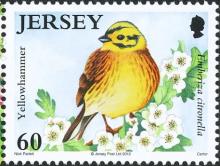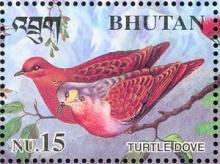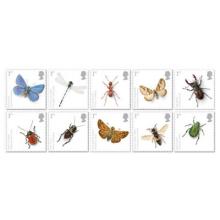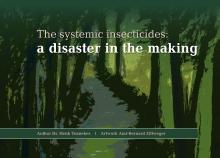California Condors In Danger
- Lees meer over California Condors In Danger
- Login om te reageren
Biologists have spent 30 years painstakingly nurturing the California condor (Gymnogyps californianus) back from the brink of extinction. They are America's largest land bird, with a wing span reaching up to 9 feet. Due to lead poisoning, the majestic birds' population had dropped to just 22 nationwide by 1982. In a desperate gamble to save the birds, federal biologists captured all the remaining wild condors in 1987 and began a breeding program in zoos. The birds' young have been gradually released back into the wild.

